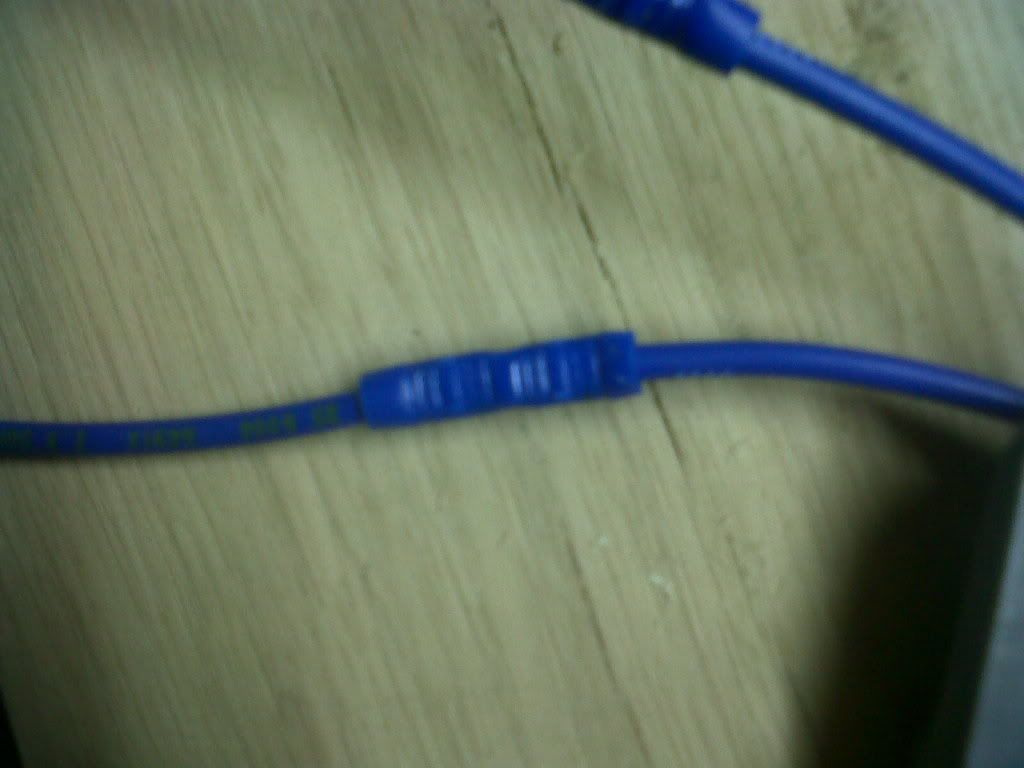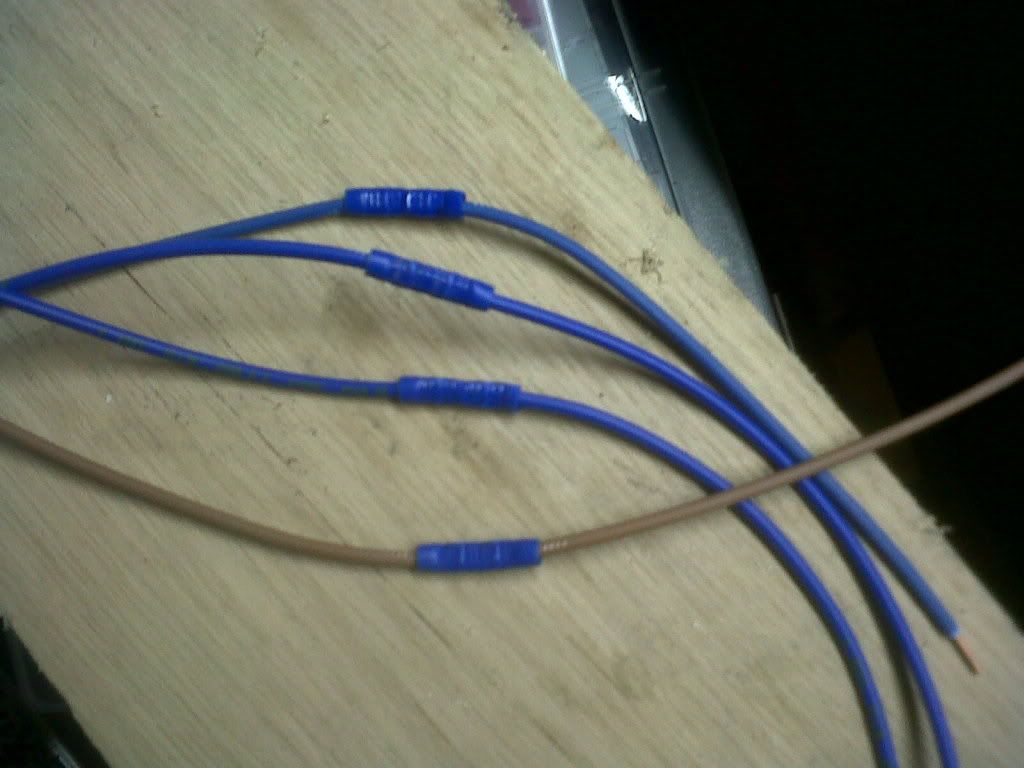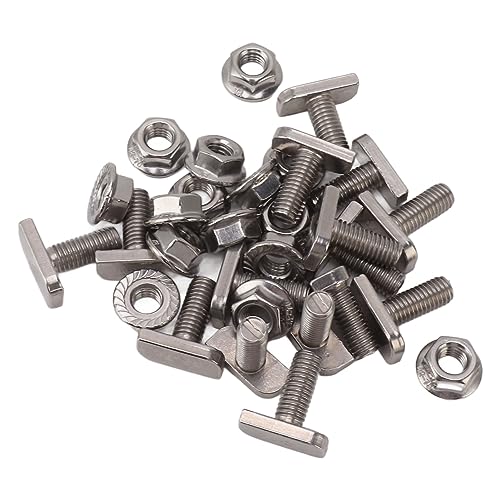Larnacaman
Senior Member.
- Joined
- Oct 20, 2010
- Messages
- 734
- Reaction score
- 0
Just take a look around the suppliers of MV, ...or as you still call it HV equipment, switchgear, cables, transformers in the UK ....ALL without exception will be calling it MV, ....NOT HV!!! ...I know because i've been doing my own checking after your previous post.Larnacaman,They may be standard elsewhere in the world, but I have yet to identify a recognised standard in the UK that recognises these values, anyone can call anything whatever they like, and often do!.
However standards and legislation are there to ensure clarity of communications.
I can't find a UK standard referring to MV.
I await to be corrected, sorry buddy.
Here's hoping...
It all came about some years ago now, and it will probably come under an EN number because it was part of the combining of EU standards thing. (can't remember the correct term.)
But i can assure you those in the industry in UK will be calling that voltage band MV and Not HV!!! Don't get me wrong, old habits die hard and i still often call it HV myself, ....but not in written form, where i always refer to it's correct term of MV!! ...lol!!!











































































